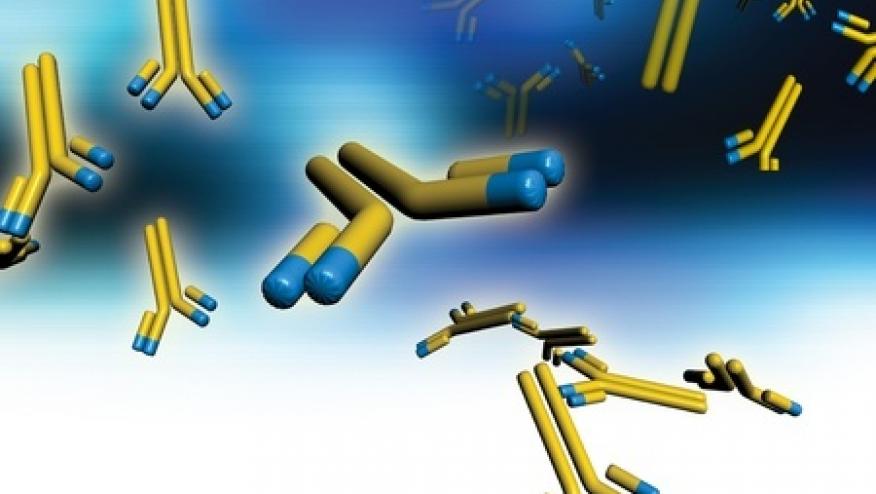New 5 Peptide Autoantibody Panel Complements RA Diagnosis Save

Antibodies to peptides not currently used for rheumatoid arthritis (RA) diagnosis helped identify patients with untreated early disease that conventional biomarkers missed, researchers said.
Almost two-thirds of blood samples from some 2,100 patients with early RA (63%) tested positive on a panel of five such antibodies in a preliminary test, with a specificity of 99% and an area under the receiver operating characteristic curve (AUC) of 83% for overall accuracy, reported Rikard Holmdahl, MD, PhD, of the Karolinska Institute in Stockholm, and colleagues.
Adding this antibody panel to the two standard biomarkers, anti-citrullinated protein antibodies (ACPA) and rheumatoid factor (RF), did not improve the diagnostic efficacy very much compared with ACPA and RF by themselves, when applied to the full cohort of early RA patients, they noted in Arthritis & Rheumatologyopens in a new tab or window.
But in a subset of 556 samples that tested negative for ACPA and RF, a slightly different five-marker panel was positive for 125 of them. In two other, independent cohorts of ACPA- and RF-negative early RA patients, the panel identified 14% and 25%, with specificities of 93% and 97%, respectively.
Just as important, this second panel successfully discriminated RA from other inflammatory joint diseases including osteoarthritis and psoriatic arthritis, and lupus, with specificities of 85%-97%.
"The clinical challenge is to accurately diagnose RA patients negative for both [ACPA] and RF, and delayed diagnosis and treatment may lead to worse prognosis," Holmdahl and colleagues explained. Although the novel panels still missed most of them, the findings suggest a path forward in meeting the challenge.
Patients providing samples used in the initial part of the study had participated in several cohort studies conducted in Sweden, with a total of 2,065 individuals who were eventually diagnosed with RA on conventional grounds. Validation tests were performed on samples from an additional 1,536 individuals, including healthy controls and patients with osteoarthritis, psoriatic arthritis, and lupus, as well as RA.
To develop the novel antibody panels, Holmdahl and colleagues synthesized hundreds of peptide antigens they believed could be reflective of RA pathology. These included "known B and T cell epitopes in triple helical and cyclic form, with variant (with citrulline or homocitrulline, e.g.) and the native sequence," as well as others related to joint inflammation. These were incorporated into immunoassays that would capture antibodies against them present in the patient blood samples.
Statistical analysis winnowed them down to an initial set of five antigens, which the group called AIRAD ("Aid in RA Diagnosis"), against which patients had mounted antibodies. The group also found another five antigens, which included some from AIRAD, with corresponding antibodies that were better at discriminating RA in patients lacking antibodies against RF and ACPA.
Antibodies to four peptides in the second panel were technically members of the ACPA family, in that these peptides, too, were citrullinated, although clearly distinct from the type of ACPA detected with the standard test. But the panel also included a non-citrullinated peptide.
Holmdahl and colleagues made a point of noting that just one of the panel members, by itself, had an AUC of 60% for identifying RA in ACPA- and RF-negative samples. That "make[s] it a candidate for an ELISA test as an aid in clinical decision making," they wrote. The panel as a whole, meanwhile, could run on multiplex assay platforms already in use for other autoimmune diseases, they added.
This approach could be expanded in the future, Holmdahl and colleagues indicated, with additional antigens "to understand pathogenesis of disease subtypes, to possibly predict clinical onset and severity, to identify and classify RA subtypes or to predict treatment responses," they concluded.









If you are a health practitioner, you may Login/Register to comment.
Due to the nature of these comment forums, only health practitioners are allowed to comment at this time.